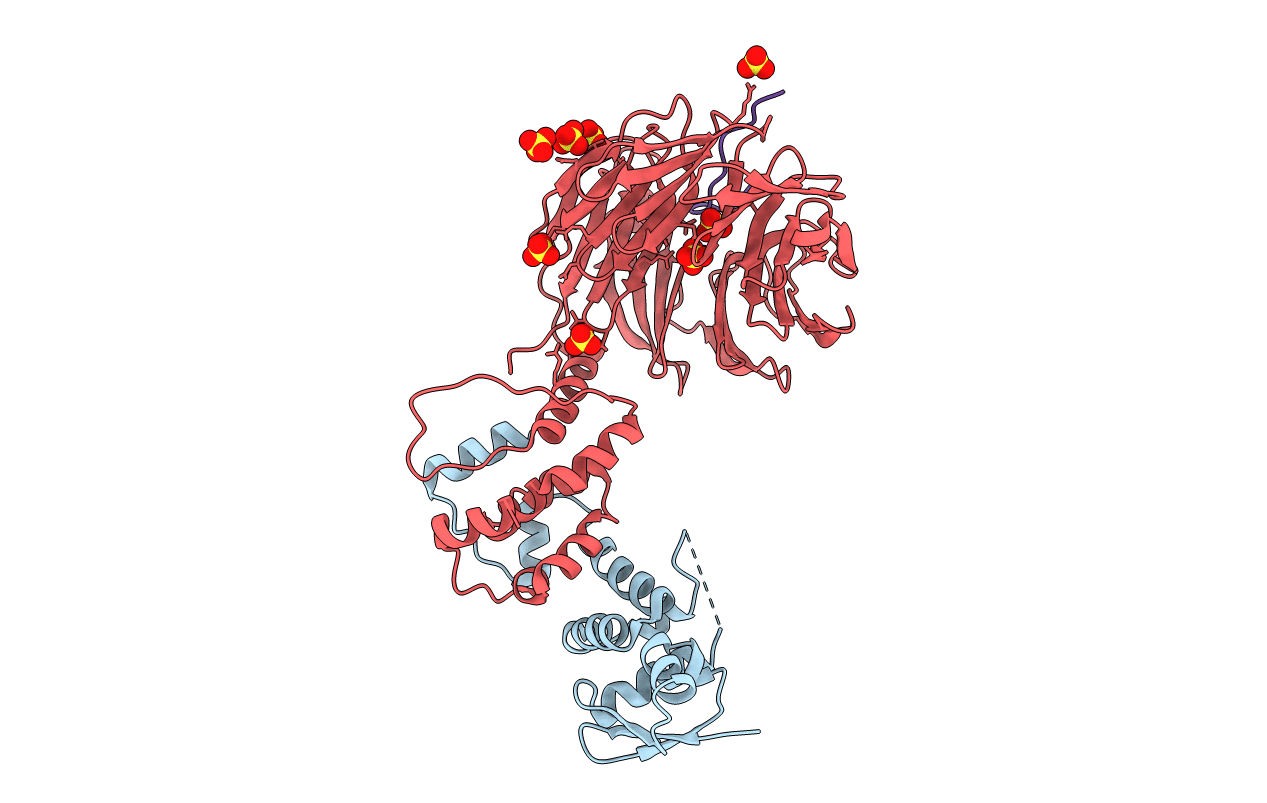
Deposition Date
2007-02-14
Release Date
2007-04-24
Last Version Date
2024-11-13
Entry Detail
PDB ID:
2OVQ
Keywords:
Title:
Structure of the Skp1-Fbw7-CyclinEdegC complex
Biological Source:
Source Organism:
Homo sapiens (Taxon ID: 9606)
Host Organism:
Method Details:
Experimental Method:
Resolution:
2.60 Å
R-Value Free:
0.26
R-Value Work:
0.23
R-Value Observed:
0.23
Space Group:
I 41 2 2


